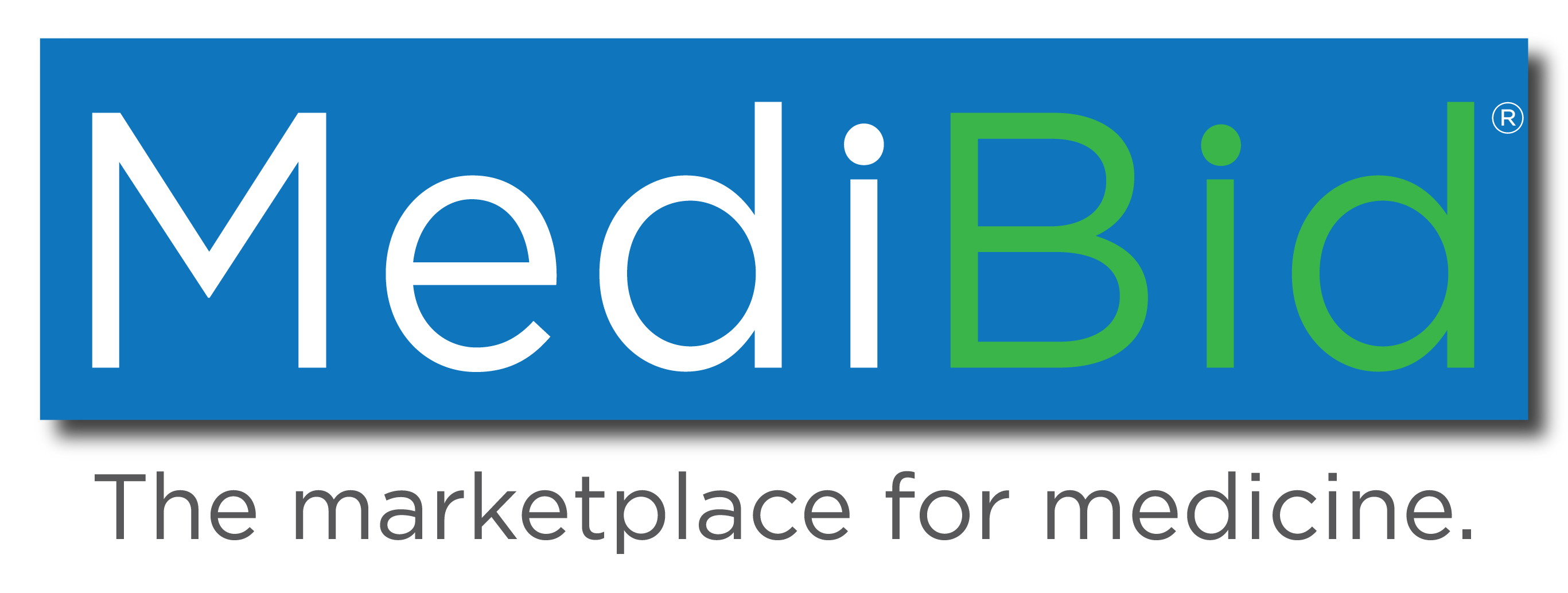
MediBid Specializes in Self-funded Employer Health Plans
U.S. citizens are reaching a tipping point with health benefits spending, as the cost of per-employee healthcare spending is nearing $15,000. Traditional health insurance is prohibitively expensive for most Americans and their employers, and alternatives are needed.
There are many alternatives on the table, but self-funding a healthcare plan is emerging as one of the most promising. With a self-funded model, employers can free themselves from bloated, low value fully insured plans. MediBid is ready to work with those employers in creating plans that contain costs, serve group members better and offer near limitless flexibility.
How MediBid Improves Self-funded Health Plans
Self-funded plans offer an incredible amount of flexibility in that plans can be crafted to fit an employer group’s particular needs. That’s a stark difference from traditional insurance plans, which force employers to adhere to the plan’s policies. It’s such a large difference that employers may not realize how flexible a self-funded plan can be. Fortunately, MediBid does know how to make the most of this advantage.
Here’s why employers, Third Party Administrators (TPAs) and brokers should consider MediBid before settling on a self-funded healthcare plan:
- MediBid can better contain costs – MediBid does more than build plans. Our online, competitive marketplace also connects thousands of providers with patients from around the world. Through MediBid, patients and providers are able to directly contract with each other, and providers are required to offer a single, bundled price with every bid. With transparent pricing and quality information available, MediBid’s users can make consumer healthcare decisions, and those tend to be cost effective. That means every time one of your employees uses MediBid, it reduces what the plan will pay.
- MediBid can build incentives into the plan – Ideally, group members would always make the smart consumer decision when choosing a provider. It’s not realistic, however, to expect your employees to use MediBid every time they need healthcare.This is the reason MediBid usually adds incentives to self-funded plans. For example, if a group member uses MediBid, they may receive a portion of the savings. The employer saves a lot of money, and their employee comes out ahead as well. Alternatively, the deductible may be waived or copays reduced. In both cases, it’s a win-win that will reinforce consumer behavior.
- MediBid provides better value to group members – With traditional insurance plans, it’s usually impossible to know where the healthcare spending is going. Sure, it’s all going to the insurance company in the form of premiums, but where is that money going? Without knowing this fact, it’s also impossible for employers to know how to improve the value of its health plan offerings.With self-funded plans, this data is readily available, and MediBid can use it to better meet the needs of group members. If group members are spending significant time in the hospital, perhaps the plan can be customized to offer more hospital days. If medication is a priority, additional coverage can be allocated there. As long as the plan can accommodate it, MediBid can work it in.
Millions of Working Americans Are Part of Self-funded Plans
According to the Employee Benefit Research Institute, close to 60 percent of private sector workers are now part of self-insurance plans. In the past, self-funding was too risky for employers with less than 1,000 employees, but the average self-funded plan now covers between 300 and 400 employees with some going as low as just 10 employees. That’s a clear illustration of how employers assess the risk between self-funding and fully-insured plans. For an increasing number of employers, fully-insured plans are now regarded with less certainty.
Self-funding is Less Risky Than You May Think
Self-funding offers clear advantages over fully-insured plans, particularly in cost containment and value. Detractors, though, claim that self-funding is too risky for smaller employers, who are less able to tolerate large claims.
The concern is valid, but there is a valid solution as well. With stop-loss insurance, employers can avoid a catastrophe if there’s a surge of large claims among employees. It’s simple in principle – with stop-loss insurance, employers set a limit on what they will pay for each employee, or a limit on what they will pay across all employees. For example, an employer opts for stop-loss insurance and sets a $10,000 limit per employee, and $50,000 for their entire group. If one group member submits a claim for $15,000, the first $10,000 is paid out of the self-funded plan, and the remaining amount is paid by the insurance. If across all group members, more than $50,000 in claims are submitted, everything over $50,000 is paid by the insurance. Employers can define what their risk level is before moving forward with their self-funded plan using stop-loss insurance.
With one of the major hurdles to self-funding removed, it’s no surprise that more employers than ever are considering self-funded health plans. It’s also no surprise that employers, TPAs and brokers are turning to MediBid in building these plans. With better cost containment and value, it would be a mistake not to




